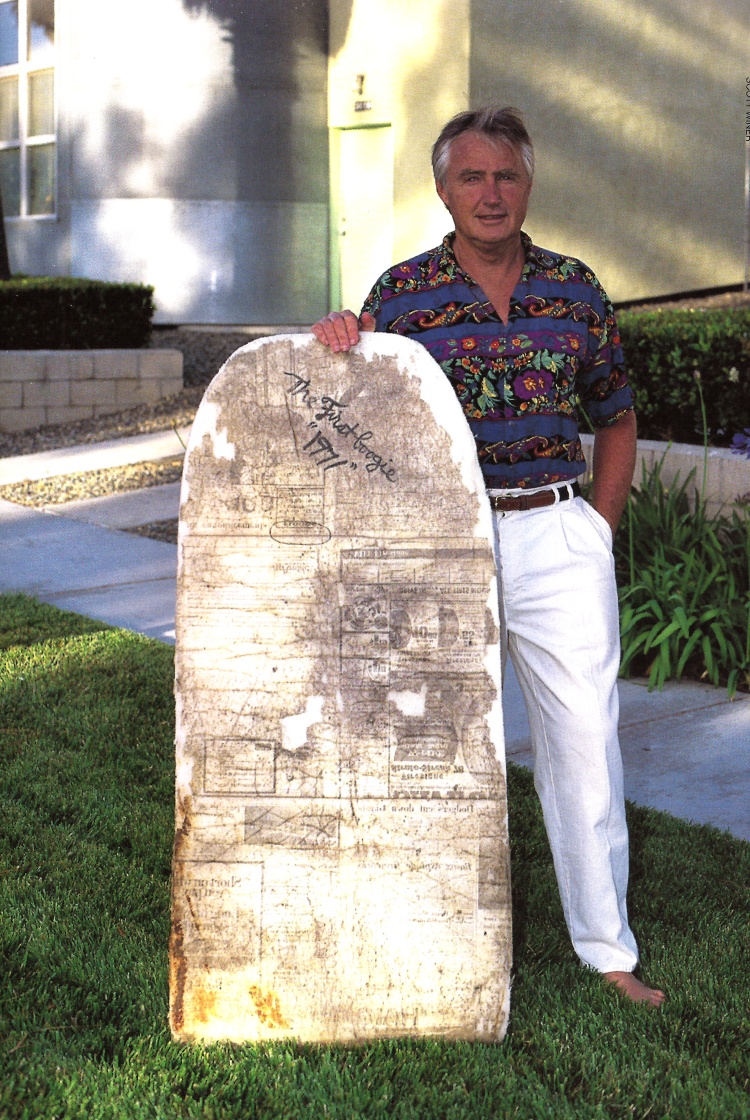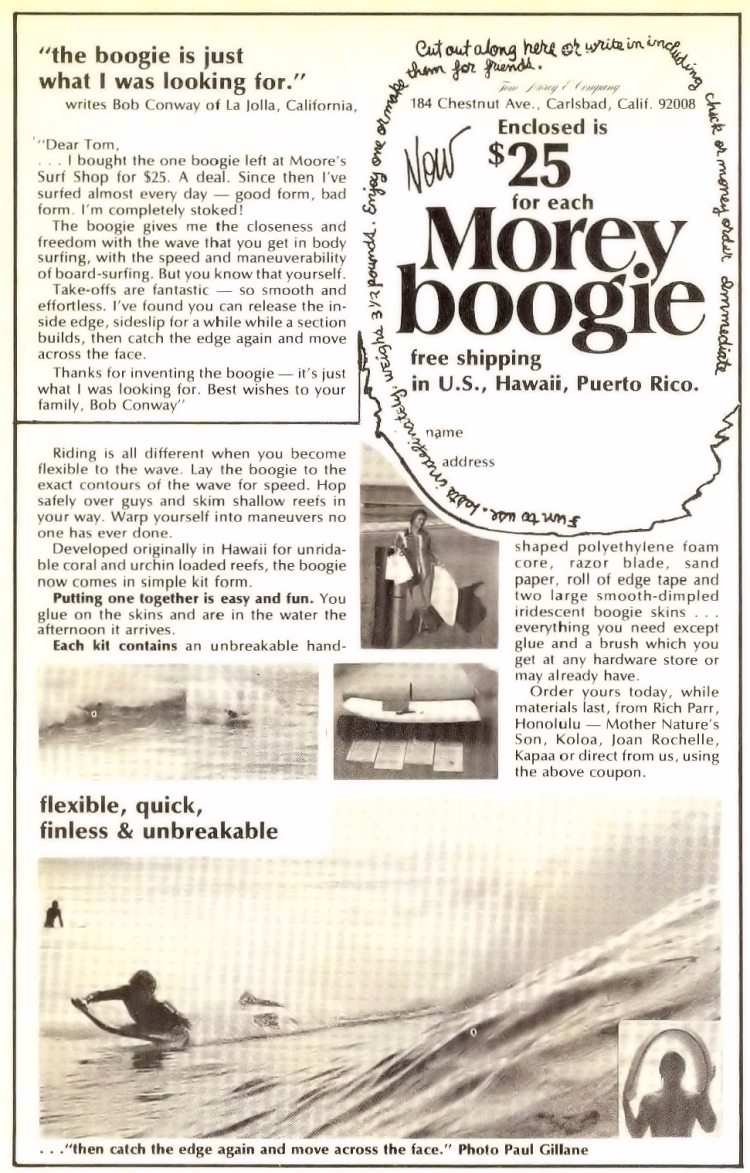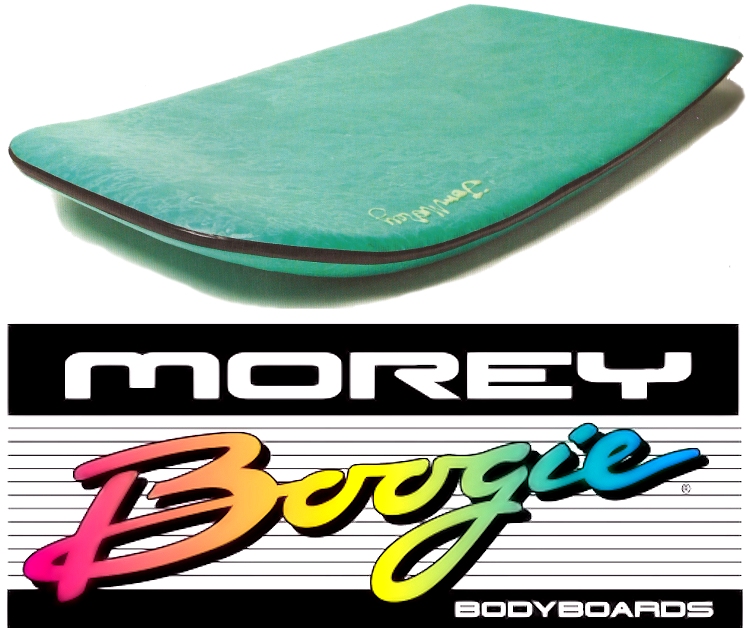Thomas Hugh Morey is the inventor and father of the bodyboard and bodyboarding. When he was just a grom, Morey learned to bodysurf on his father's back. But how was the modern bodyboard invented?
Bodyboard, bellyboard, boogie board, or sponge. No matter what you call it, it's a groundbreaking invention that opened the way for a revolution in boardsports.
Tom Morey was born on August 15, 1935, in Detroit. Nearly 36 years later - on July 9, 1971 - the charismatic engineer-inventor created the world's first bodyboard.
But this creative young man was not new to water sports.
After graduating in Mathematics at the University of Southern California, Morey used his professional skills to develop several surf-related innovations.
Having worked in composite manufacturing and engineering at Douglas Aircraft, Tom knew the groundbreaking post-war materials.
Morey started with the first-ever concave nose pocket (1954) and the "Wing Tip" (1955).
Later, he developed the Trisect, a three-piece travel surfboard, and Slipcheck, a liquid surfboard traction solution that, according to him, would "give you the mind-power of a genius" and provide "the key to unlocking your buried potential."
He quit his stable job and founded his own companies, with waves as a background inspiration for the business.
Tom Morey was extremely active, and ideas kept flowing. However, market success would only arrive with W.A.V.E., Morey's removable fin system.
In 1965, Tom Morey organized the world's first surfing contest with prize money for the best athletes. Tom Morey Invitational had $1,500 for the top noseriding performers. In the same period, he developed a paper surfboard.
Morey continued creating fresh and unorthodox surf gear. He shaped a six-foot board with skegs, an epoxy glass bottom, and a soft polyethylene deck, but the design was a flop.
In 1969, while catching waves at Doheny Beach Park, Tom saw a young surfer riding a homemade four-foot board made from several four-inch wide polyethylene logs.
"There was something like it at the time. This kid had something unique. I went up to him and said, 'That's a neat idea, but your shape's all wrong," Tom Morey once said.
The descendant of the Dodge brothers was not happy with his life, so he moved to Hawaii to become a professional jazz drummer and enjoy beach life.

July 1971
One day, he was at home on the Big Island and decided to cut a nine-foot piece of closed-cell polyethylene packing foam in two.
"There was no turning back at that point. Plus, I found that I could shape the foam using iron if I put a sheet of the Honolulu Advertiser down on it first.
Later that night, I drew a few curves on the foam with a red marker pen and went to bed," stated Morey.
On the next day, the surf inventor woke up early. He felt he had created something new and wanted to get it done.
Tom shaped a 23'' wide, 4'6'' plank with a square tail, a slightly rounded nose, and a sharp trailing edge. It weighed just over three pounds.
It was time for a test drive. Tom Morey headed to Honels, a spot located on the west side of the Big Island, and paddled out in the wind-affected two-foot surf.
"I could actually feel the wave through the board. On a surfboard, you're not feeling the nuance of the wave, but with my creation, I could feel everything," added Morey.
I was thinking, 'it turns, it's durable, it can be made cheaply, it's lightweight, it's sage. God, this could be a really big thing."
By the end of 1971, Tom had already signed a deal with Larry Smith of G&S Surfboards.
The new boogie boards were initially named S.N.A.K.E. (Side, Navel, Arm, Knee, Elbow), but after receiving the first orders, he trademarked the name - Morey Boogie.
Tom promoted the new prone riding board in surf magazines with unique marketing messages. This one's pretty graphic:
"Boogie safely over guys in your way, skim beneath the curl into the shallowest waters, or warp yourself into positions no one has yet dreamed of," the ad read.

A Global Success
Because Tom Morey was 37, he sold the brand-new bodyboard for $37. Classic. And there was more good news - the bodyboard was an allowed surf craft during the blackball season.
The rest of the story is well-known.
Morey Boogie sold hundreds of thousands of boards and created a new wave-riding movement that would conquer all corners of the globe.
The original Morey Boogie Board was 45 inches (114 centimeters) long, 25 inches (63 centimeters) wide, 2.25 inches (5.7 centimeters) thick, and had a total weight of 3.75 pounds (1.7 kilograms).
The early Morey Boogie Boards were shaped by Tom in his backyard, glued together, and finished off with tape.
Later, Tom understood that glue was affecting his health and started selling a kit (core, tape, and skins) for $25 without the glue.
If you want to learn more about the origins and the icons of the sport, get "Born to Boogie: Legends of Bodyboarding."
Discover the complete list of Morey Boogie board models.
